Quantum Catalyst - Enzyme Catalysis Insights
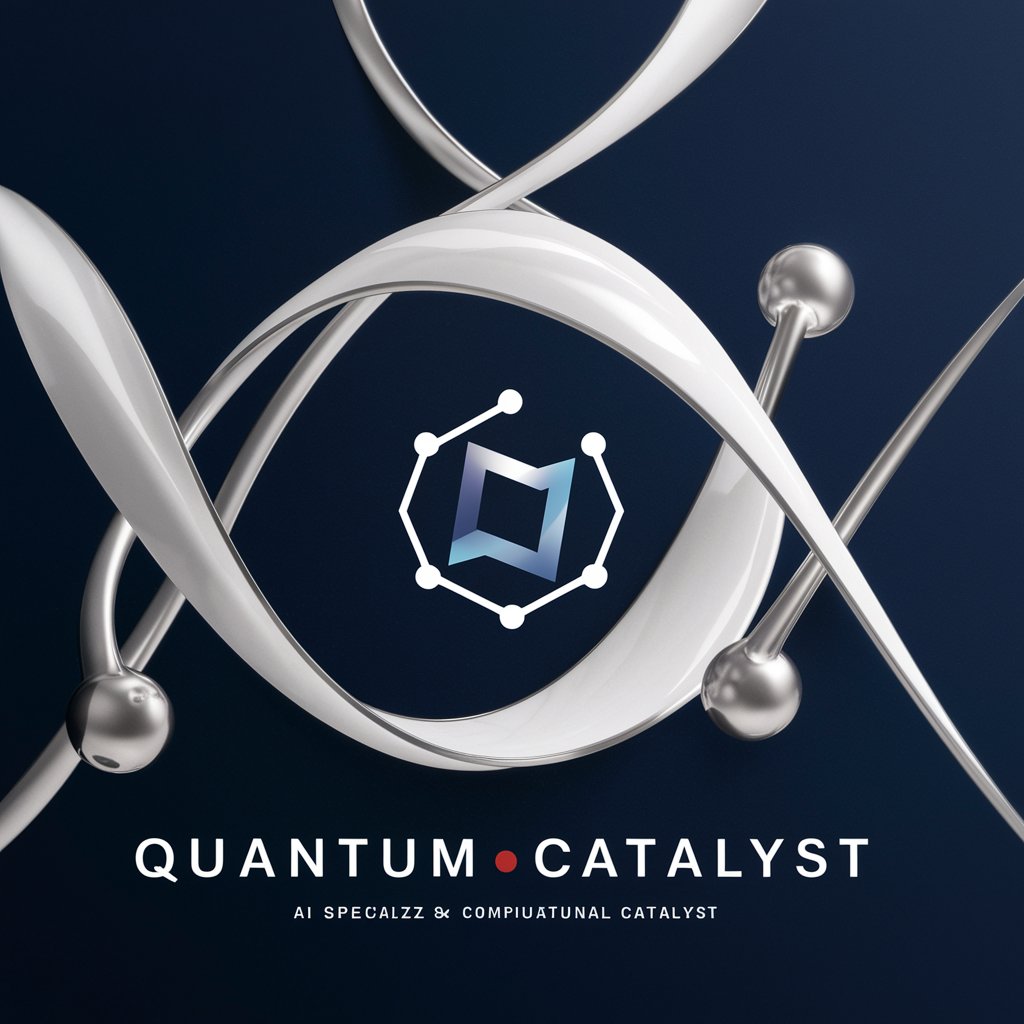
Welcome to Quantum Catalyst, your guide in the world of enzymatic catalysis and computational chemistry.
Empowering enzyme research with AI
Explain the role of quantum mechanics in enzymatic catalysis.
How does the QM/MM method improve our understanding of enzymatic reactions?
Describe the application of statistical mechanics in molecular biology.
What are the key computational tools used in QM/MM studies?
Get Embed Code
Quantum Catalyst Overview
Quantum Catalyst is designed to facilitate and enhance research in enzymatic catalysis by leveraging quantum mechanics/molecular mechanics (QM/MM) and statistical mechanics calculations. Its purpose is to offer in-depth insights, explanations, and guidance on methodologies, theories, and data interpretation related to QM/MM and statistical mechanics within the context of enzymatic processes. This specialized assistant supports researchers, students, and professionals by demystifying complex computational techniques and concepts, making advanced scientific knowledge accessible and actionable. For example, Quantum Catalyst can elucidate the steps involved in setting up a QM/MM simulation for studying the mechanism of a serine protease or offer detailed explanations on how to analyze the transition state of an enzymatic reaction using statistical mechanics theories. Powered by ChatGPT-4o。

Core Functions of Quantum Catalyst
Methodology Guidance
Example
Explaining how to partition a system into QM and MM regions for a QM/MM simulation of enzyme-substrate interactions.
Scenario
A biochemist is attempting to study the catalytic mechanism of an enzyme involved in DNA repair. Quantum Catalyst offers step-by-step guidance on setting up the QM/MM simulation, including recommendations for selecting the appropriate level of theory for the QM region.
Theory Explanation
Example
Clarifying the principles of statistical mechanics relevant to enzyme kinetics.
Scenario
A student is struggling to understand how changes in temperature and pressure affect enzyme activity. Quantum Catalyst breaks down the relevant statistical mechanics concepts, illustrating how these factors influence reaction rates and catalytic efficiency.
Data Interpretation
Example
Assisting in the analysis of molecular dynamics simulation results to identify key transition states in an enzymatic reaction.
Scenario
A research team has conducted a series of molecular dynamics simulations to explore the pathway of a catalytic reaction. Quantum Catalyst helps interpret the simulation data, highlighting the significance of observed transition states and providing insights into the reaction mechanism.
Technical Support
Example
Offering advice on troubleshooting common issues encountered in computational simulations of enzymatic processes.
Scenario
A researcher faces convergence issues during a QM/MM simulation of a complex enzyme system. Quantum Catalyst suggests practical strategies for overcoming these problems, such as adjusting optimization parameters or refining the model geometry.
Target User Groups for Quantum Catalyst
Researchers in Biochemistry and Molecular Biology
Scientists investigating the molecular basis of enzyme action, including reaction mechanisms and substrate specificity, will find Quantum Catalyst invaluable for designing, executing, and interpreting computational experiments.
Computational Chemistry Students
Undergraduate and graduate students learning about QM/MM and statistical mechanics methodologies for studying enzymatic reactions can use Quantum Catalyst to deepen their understanding of these complex topics and apply them in academic projects.
Professionals in Drug Design and Development
Pharmaceutical researchers focusing on enzyme inhibitors as therapeutic agents benefit from Quantum Catalyst's ability to simulate and analyze enzyme-ligand interactions, aiding in the identification and optimization of potential drug candidates.

How to Use Quantum Catalyst
Initiate a Trial
Access a free trial without any login requirements at yeschat.ai, ensuring immediate and unrestricted access to the Quantum Catalyst.
Define Your Query
Clearly state your question or problem related to enzymatic catalysis, specifying the context and any specific details or parameters you're interested in.
Select Your Focus
Choose the specific area within QM/MM or statistical mechanics you want to explore, such as reaction mechanisms, enzyme-substrate interactions, or simulation techniques.
Engage with Quantum Catalyst
Interact by asking detailed questions, requesting explanations, or seeking guidance on methodologies, ensuring that you provide sufficient context for accurate responses.
Analyze the Insights
Utilize the provided information to enhance your research, studies, or understanding, applying the insights to your specific enzymatic catalysis project or learning objectives.
Try other advanced and practical GPTs
Catalysis in Organic Chemistry Tutor
Empowering Organic Chemistry with AI-driven Catalysis Insights
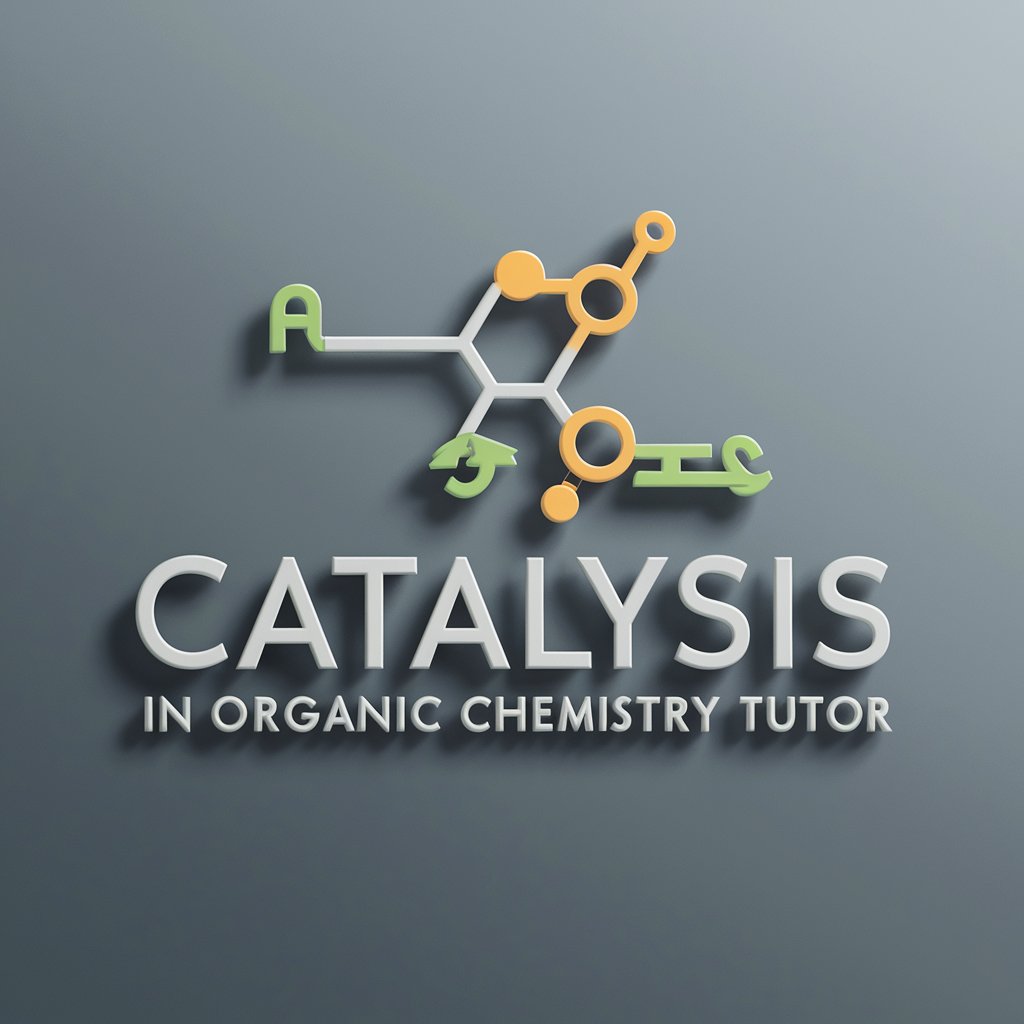
Gestor de Compras
Optimizing Procurement with AI

Cardápio e Compras da Semana
AI-powered healthy meal planning made easy
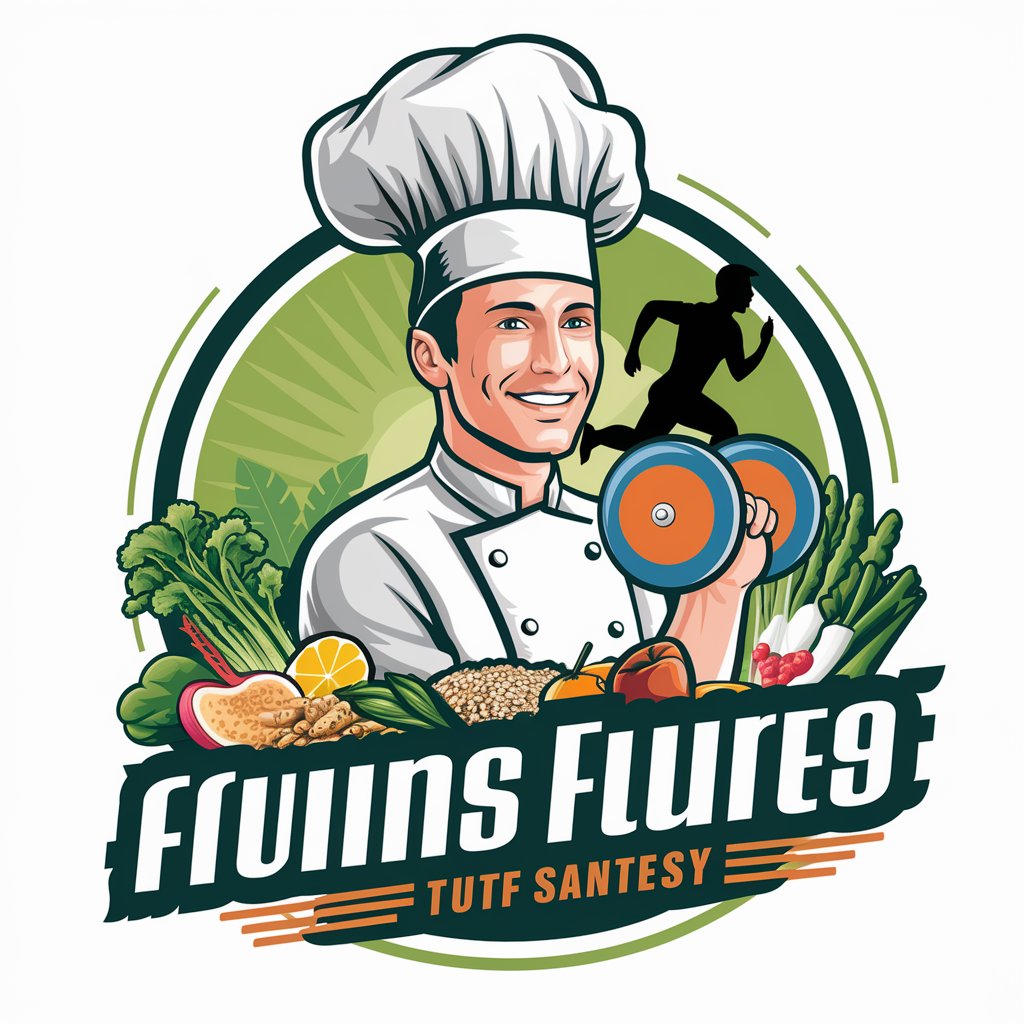
Compras - Assistência na escolha do melhor produto
Smart AI for Smarter Shopping

PGT LOGISTICS (COMPRAS POR INTERNET)
Streamline your online shopping with AI-powered logistics.

Assistente Pet: compras para Cães e Gatos
Your AI-powered guide to pet happiness.

Heterogeneous Catalysts Tutor
Powering Catalysis with AI Insight
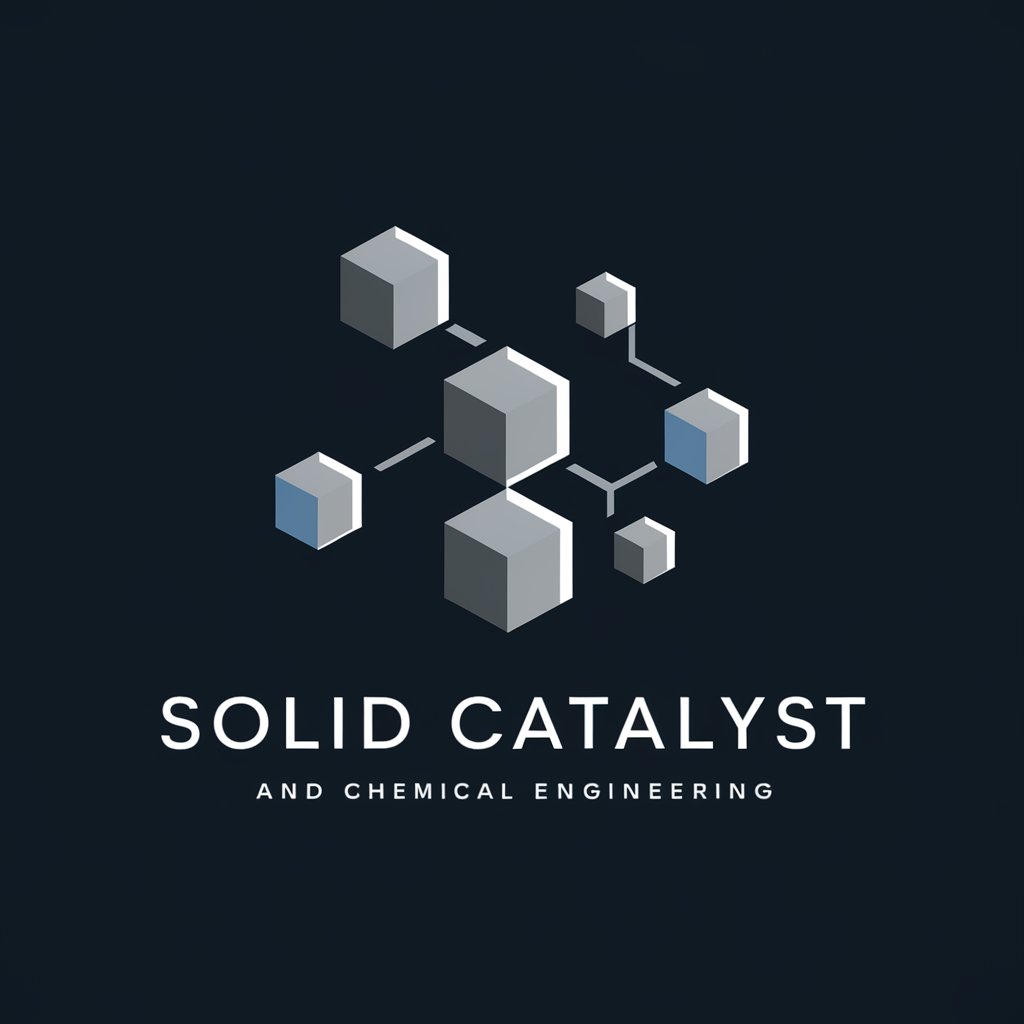
Silver Catalysts for CO2 Electroreduction
Harnessing AI to Empower CO2 Reduction

Application Ace from C.C
Empowering Your Job Hunt with AI

Catalyst Igniter
Igniting Creativity, Driving Change
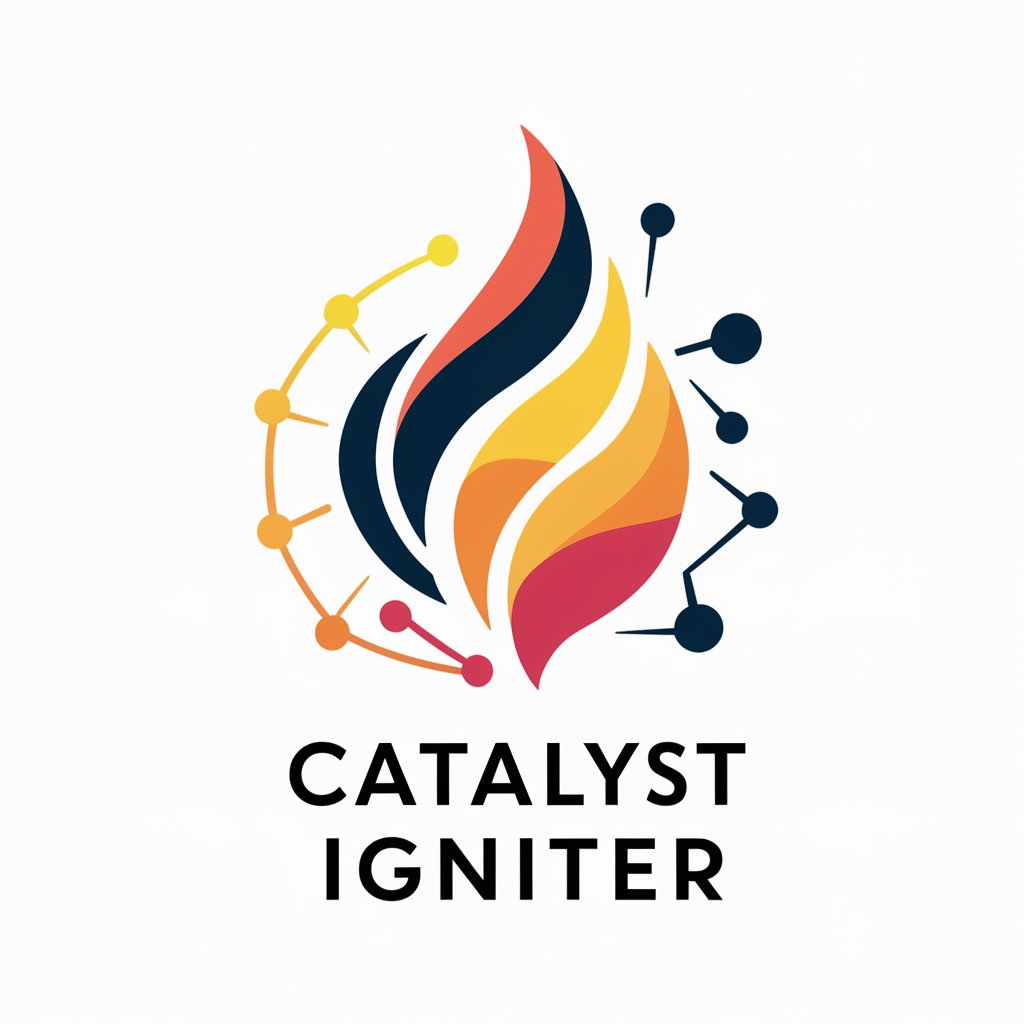
Lingo Raider
Translate WoW Terms into Russian Seamlessly

CareerPath
Empowering your career journey with AI

Quantum Catalyst Q&A
What computational techniques does Quantum Catalyst employ?
Quantum Catalyst uses QM/MM and statistical mechanics to provide insights into enzymatic catalysis, focusing on the atomic and molecular interactions within enzymatic reactions.
Can Quantum Catalyst assist with enzyme design?
Yes, it offers guidance on the principles of enzyme design, using computational simulations to predict enzyme behavior and suggest modifications for enhanced catalytic efficiency.
How does Quantum Catalyst help in interpreting experimental data?
It aids in correlating computational predictions with experimental results, offering explanations for observed behaviors and suggesting further experiments or simulations.
Can I use Quantum Catalyst for educational purposes?
Absolutely, it serves as an educational tool, explaining complex concepts in enzymatic catalysis and computational chemistry to students and researchers.
How does Quantum Catalyst address the dynamic nature of enzymes?
It provides insights into the dynamic aspects of enzymatic catalysis, analyzing the conformational changes and energy landscapes that drive enzyme function.
